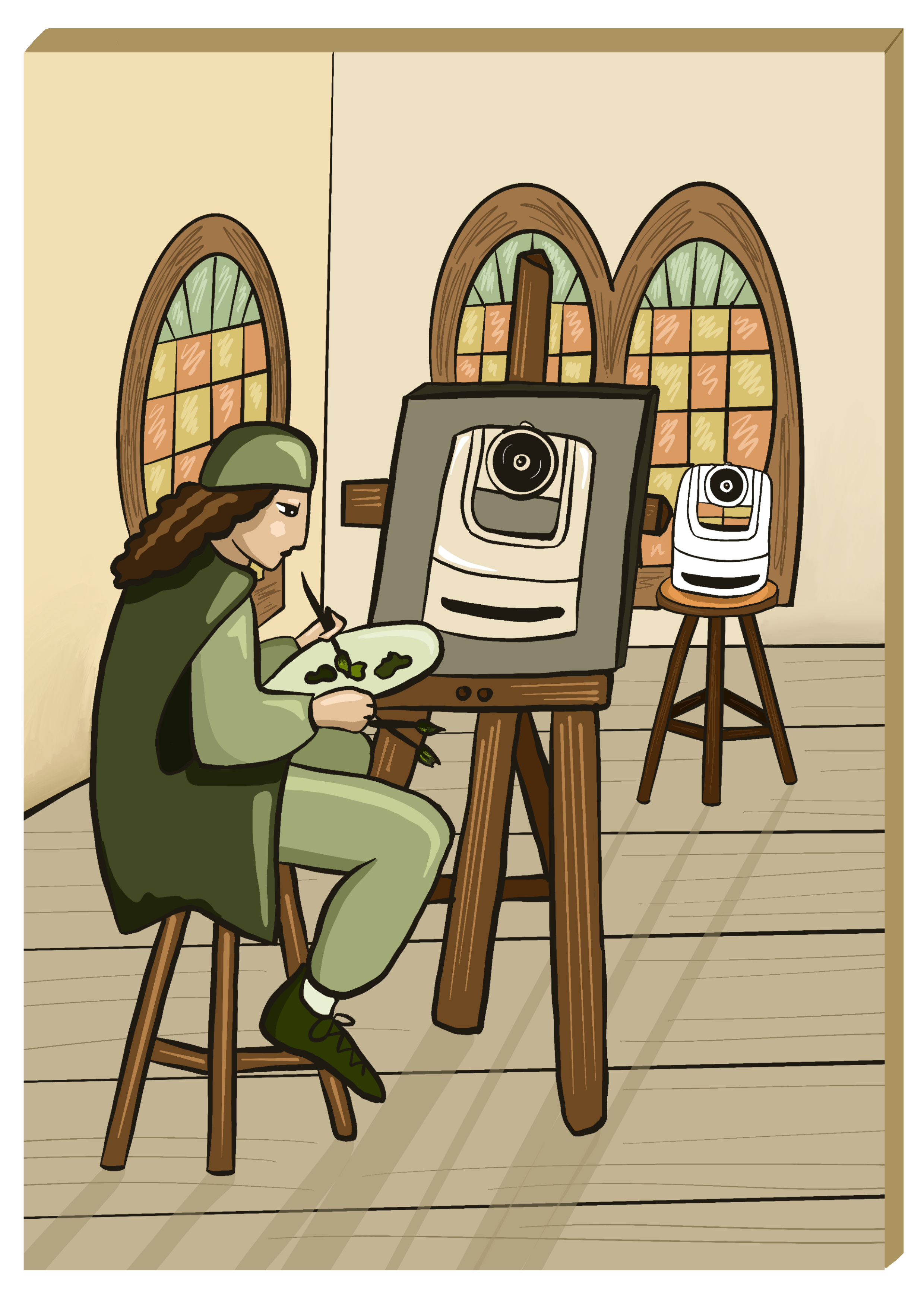The recent high demand and widespread integration of AV technology in our everyday lives grants me permission to declare that we are officially living in the exciting era of an AV Renaissance. Just like the more widely recognized European Renaissance beginning in the 14th century, its creation was a consequence of a pandemic coinciding with revolutionary innovations in technology.
[Viewpoint: How Fast is the Pace of Technological Progress?]
Hindered by the limitations inherent to the resources of the time, the European Renaissance came to an end, making room for the Reformation and Enlightenment movements. But with the nature of the ever-evolving technology linked to our current AV Renaissance, I don't see an end in sight for our industry.
Isolation Breeds Creativity
A pandemic strong enough to affect the social, economic, and cultural aspects of a society seems to be a vital ingredient to create a Renaissance movement. Although we are fortunate to have modern medicine—so we didn’t experience the same population loss we would have in the medieval times of the European Renaissance—the requirement to isolate, quarantine, and distance ourselves from others seems to be the match that lights the fire of creativity and innovation.
[Beyond the Tech: 'SEO' Is Three Critical Components for Any Successful AV Project]
Also, during the Renaissance, the invention of paper and advancements in technology made it possible for education to reach more of the population than ever before and open the world of communication. These two factors seem prevalent in our current age, with businesses and institutions having to close their doors and pivot to remote work and distance learning.
It may not have been as revolutionary as the invention of paper, but the adoption and integration of AV solutions in more homes and workplaces has advanced mass communication to a new level. AV manufacturers and install engineers successfully verified the old saying, "Necessity is the mother of invention," when they began rapidly deploying AV products and solutions to battle the challenges of quarantine, remote work, and distance learning. Advancements in unified communication technology made AV not only accessible but necessary.

Artistic Expression
However, it wasn’t all just business and solutions. Although the access to mass communication and education was made possible by paper, the true historic and cultural impact from the Renaissance was through artistic expression.
With isolation and seclusion, creativity and exploration were booming in the AV art world. From drone art shows to immersive experiences to virtual museum walk-throughs, AV made art appreciation at a distance possible. AV artistry and popularity grew during the pandemic, creating immersive works meant to be felt in real time that were only possible because of the advancements in technology within our field.
What makes a Renaissance so monumental is how the movement can change our way of life as we know it even centuries into the future.
When society was ready to reopen, it truly felt as if there was a rebirth to our art world. Now, the innovation and societal recognition of AV art seems to be at an all-time high.
The European Renaissance is synonymous with the great art patrons of the time, such as the Medici family. It's not too much of a stretch to think our industry's manufacturers and engineers could be the patrons of this era, stepping up to the plate to support and assist the growing need for AV innovations for art, culture, and enterprise.
Practical Applications
When advancements in technology positively affect the ease of communication, it crosses over to all aspects of our everyday life. Creativity and the art movement aside, the AV industry stepping up to provide the technological solutions required to meet the demands of distance communication, work collaboration, and education is what truly makes the industry worthy of the recognition of sparking an AV Renaissance.
In education, when colleges needed microphones and cameras in classrooms to ensure distance learning students were participants, not just observers, the AV industry had solutions to support these efforts. Although distance learning has been around for decades, the transition from optional to absolute necessity for all levels of education, even K-12, allowed the AV industry to deliver the "printing press" technologies that would change the way future generations access education.
Regarding religion, historians noted that the Renaissance caused a societal reflection on these institutions, revealing that the ways of the past were no longer adequate. Thanks to the technological advancements and scientific discoveries of the time, they were able to change and advance religious structures and systems. Similarly, although many houses of worship took advantage of streaming and broadcasting their message before the pandemic, it became no longer a choice but a requirement during lockdown and social distancing.
[Viewpoint: It’s Time to Reintroduce Accountability to Pro AV]
What makes a Renaissance so monumental is how the movement can change our way of life as we know it even centuries into the future. Although many companies are now welcoming back their employees to the office, many companies have either switched completely over to remote work or are testing hybrid arrangements. Previously, many of these companies never had the infrastructure to support working from home in any form. However, because of the substantial investments companies made in the proper AV technologies, effective and efficient operational business infrastructures have been adopted.
In short, much of the world used to view AV products as a nice-to-have commodity to possibly help make their lives easier or more entertaining. The pandemic has ushered in an AV Renaissance, and it is changing the way we live forever.

